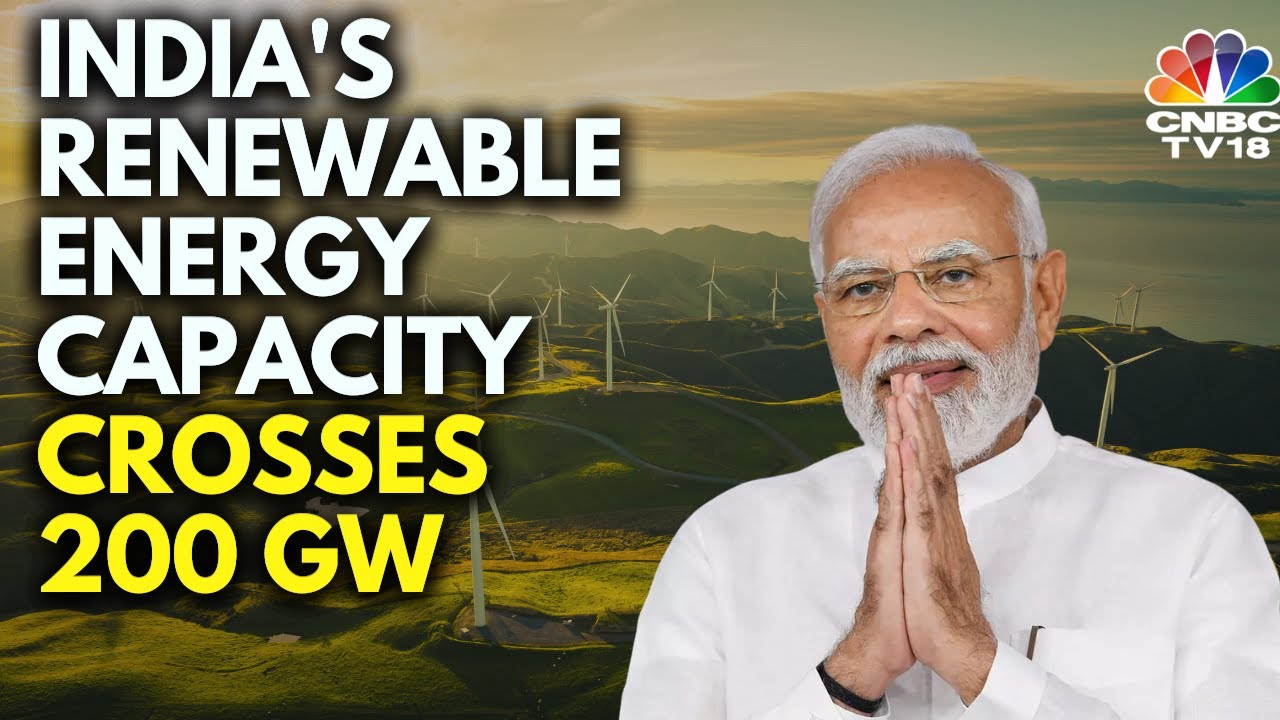
Introduction to Renewable Energy in India
As the world grapples with the challenges posed by climate change, India stands at a pivotal juncture in its energy landscape. With its growing population and rapid industrialization, the country is facing an escalating demand for energy. To address these challenges, India has made significant strides towards adopting renewable energy sources. This guide delves into the various facets of renewable energy in India, exploring its potential, benefits, and the challenges it faces.
Understanding Renewable Energy
Renewable energy refers to energy that is generated from natural processes that are continuously replenished. This includes sources such as:
- Solar Energy
- Wind Energy
- Hydropower
- Biomass Energy
- Geothermal Energy
Each of these sources has unique characteristics and advantages that contribute to India’s energy mix.
The Current State of Renewable Energy in India
Statistics and Growth Trends
As of October 2023, India ranks fourth globally in terms of installed renewable energy capacity, trailing only behind China, the United States, and Germany. The country has set an ambitious target of achieving 500 GW of non-fossil fuel-based power generation capacity by 2030.
India’s renewable energy capacity has grown from approximately 37 GW in 2014 to over 150 GW in 2023. The breakdown of this capacity is as follows:
- Solar Energy: 60 GW
- Wind Energy: 40 GW
- Biomass Energy: 10 GW
- Hydropower: 45 GW
Government Initiatives
The Indian government has launched various initiatives to promote the adoption of renewable energy. Some of the key programs include:
- National Solar Mission
- Wind Energy Policy
- National Biofuel Policy
- Atal Mission for Rejuvenation and Urban Transformation (AMRUT)
These initiatives aim to provide financial incentives, create awareness, and establish regulatory frameworks that facilitate the growth of renewable energy in India.
Types of Renewable Energy Sources in India
Solar Energy
India is endowed with an abundance of sunlight, receiving an average of 300 sunny days per year. This makes solar energy one of the most viable options for power generation. The following points highlight the significance of solar energy in India:
- Solar Parks: The government has established solar parks to promote large-scale solar projects.
- Rooftop Solar: Initiatives are in place to encourage the installation of rooftop solar panels in residential and commercial buildings.
- Solar Water Heaters: Adoption of solar water heating systems is gaining momentum in urban areas.
Wind Energy
India has a coastline of over 7,500 km, providing vast potential for wind energy generation. The key highlights include:
- Turbine Technology: Advances in turbine technology have increased the efficiency of wind farms.
- Onshore and Offshore Projects: The government is promoting both onshore and offshore wind projects.
- State Support: States like Tamil Nadu and Gujarat are leading in wind energy generation.
Hydropower
Hydropower has been a traditional source of energy in India. It contributes significantly to the country’s renewable energy capacity. Key points include:
- Large and Small Projects: India has both large-scale hydropower plants and small-scale run-of-the-river projects.
- Environmental Concerns: While hydropower is renewable, it can have ecological impacts that need to be managed.
Biomass Energy
Biomass energy is derived from organic materials, and it offers a dual benefit of waste management and energy production. Important aspects include:
- Agricultural Residues: India produces vast amounts of agricultural waste that can be converted into energy.
- Biofuels: The production of biofuels from crops is being promoted as a sustainable alternative to fossil fuels.
Geothermal Energy
Although not as widely developed as other sources, geothermal energy holds promise for India, particularly in regions with volcanic activity. Key points include:
- Potential Sites: Areas like the Himalayan region show potential for geothermal projects.
- Research and Development: Increased focus on R&D can unlock this energy source.
Benefits of Renewable Energy in India
The transition to renewable energy offers numerous advantages for India:
- Environmental Benefits: Reduces greenhouse gas emissions and air pollution.
- Energy Security: Decreases dependence on imported fossil fuels.
- Job Creation: The renewable energy sector has the potential to create millions of jobs.
- Rural Development: Renewable projects can provide electricity to remote areas, improving the quality of life.
Challenges Facing Renewable Energy in India
Infrastructure and Technology
Despite the progress, several challenges hinder the growth of renewable energy in India:
- Grid Integration: Integrating renewable sources into the existing grid remains a challenge due to variability in energy production.
- Technological Advancements: Continuous advancements are required to improve efficiency and reduce costs.
Financial Barriers
Financial constraints can impede the development of renewable energy projects:
- Investment Needs: Significant investment is required to scale up renewable energy capacity.
- Access to Finance: Many smaller developers struggle to access funding for projects.
Policy and Regulatory Issues
A stable policy environment is crucial for the growth of renewable energy:
- Regulatory Uncertainty: Frequent changes in policies can deter investments.
- Clear Frameworks: The need for clear regulations and guidelines to facilitate project approvals.
Future Prospects of Renewable Energy in India
The future of renewable energy in India looks promising, driven by a combination of policy support, technological advancements, and growing public awareness. Key trends to watch include:
- Decentralized Energy Systems: The rise of microgrids and decentralized energy systems will empower local communities.
- Innovative Financing Models: New financing mechanisms will emerge to attract private investment.
- International Cooperation: Collaboration with other nations will enhance technology transfer and investment.
Conclusion
India’s journey towards a sustainable energy future is a testament to its commitment to renewable energy. With the right policies, investments, and public support, the country can harness its vast renewable resources to meet its energy needs while addressing environmental concerns. The transition to renewable energy not only presents an opportunity for economic growth but also contributes to the global fight against climate change. As we look ahead, it is imperative for India to continue to prioritize and invest in renewable energy, ensuring a cleaner, greener, and more sustainable future for generations to come.

